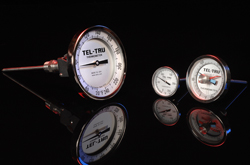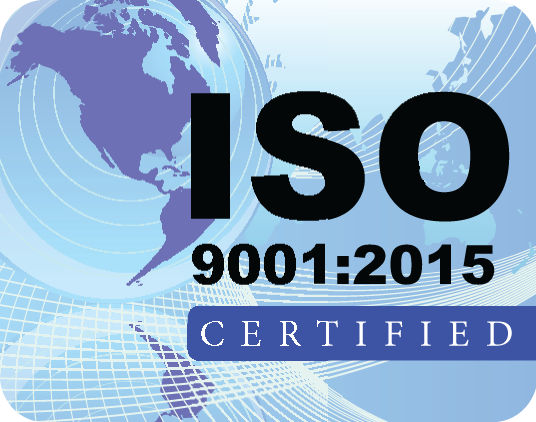IMPORTANT INFORMATION TO CONSIDER WHEN SELECTING A PRESSURE GAUGE
All gauge components should be selected based upon knowing the pressure, temperature, and media to prevent misapplication. Improper installation can damage the gauge and/or cause failure resulting in personal injury or property damage. The information in this catalog is offered as a guide to assist in the proper selection of pressure gauges.
The operating conditions of a pressure gauge must always be considered. Pressure gauges should be protected against sudden pressure changes, temperature changes, pulsation and/or mechanical vibration. The proper application of accessories will solve most problems.
Pressure gauges should not be exposed to pressures greater than maximum dial reading. It is recommended that the maximum working pressure be in the middle one-third of the scale range when the pressure being measured is steady pressure. For fluctuating pressures the maximum working pressure should be no more than one-third of the full scale range. Compound ranges are recommended when the pressure to be measured will vary between vacuum and above atmospheric pressures.
Since the measuring element of the pressure gauge may be directly exposed to the measuring media, complete information about the media exposure of the pressure gauge should be obtained to select the proper gauge materials. If the media is corrosive or would solidify in the pressure gauge, a diaphragm seal protector should be used.
The ambient atmosphere in which the pressure gauge is to be installed will have a direct effect on the use, life, and accuracy of the instrument. The atmospheric condition can attack inner gauge components or allow dirt to impair the operation of the pressure gauge.
We suggest that users of pressure gauges refer to American National Standard ANSI B40.1 entitled Gauges, Pressure and Vacuum Indicating Dial Type - Elastic Element for guidance in pressure gauge selection. This document may be obtained from the American Society of Mechanical Engineers (ASME), United Engineering Center, 345 East 42nd Street, New York, NY 10017.


